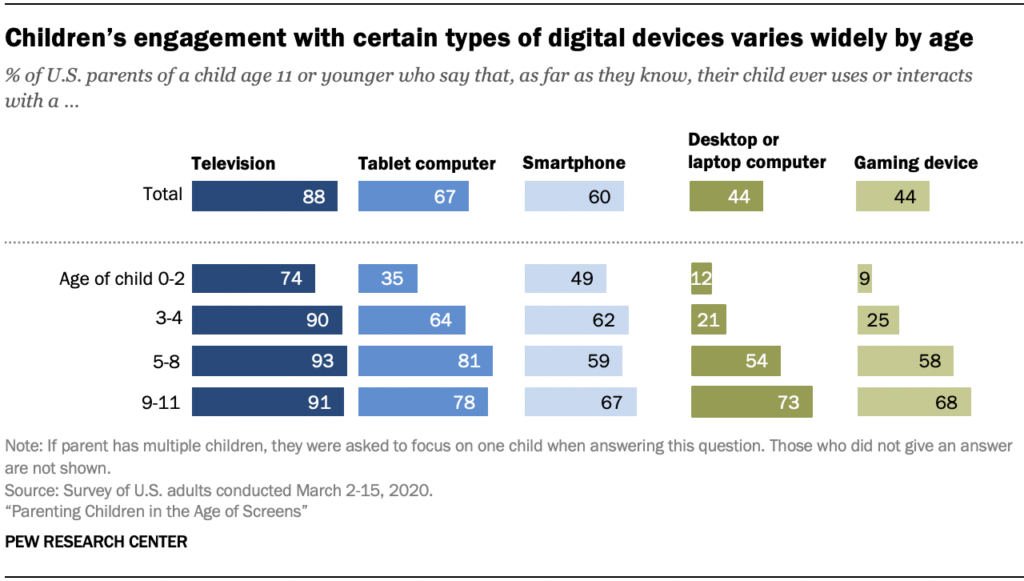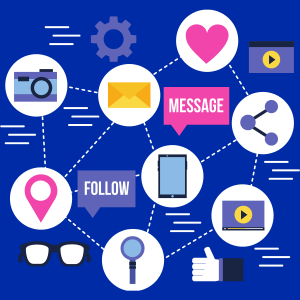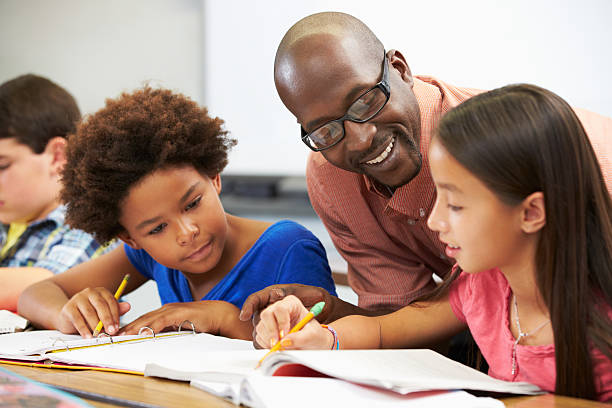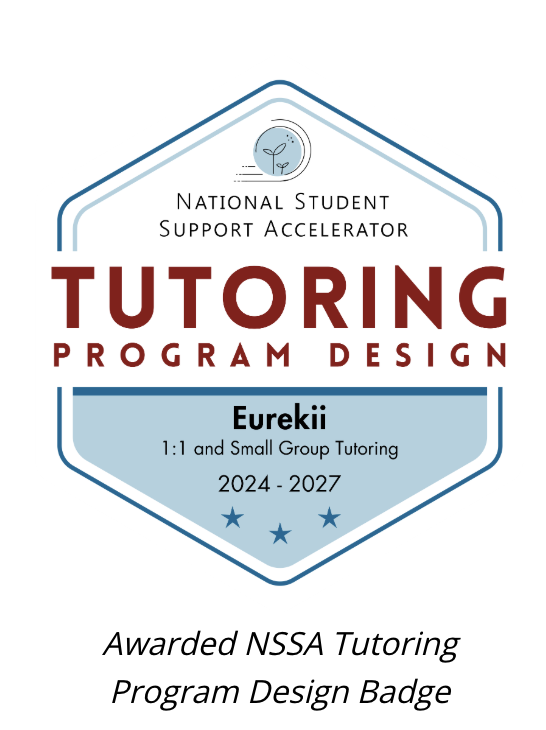The Surprising Ways Students REALLY Learn
Why You Should Let Your Kids Stay on Their Devices
I have two high school kids and every time I see them on their phones during a virtual class I say – “Pay attention!” Both of them look at me and say, “But I am!”
According to the Pew Research center, children as young as babies start to engage with digital devices and that engagement increases as they get older. NPR tells us that 53% own a smartphone by age 11 and 84% of all teenagers have smartphones. 45% of them are on their devices constantly. This engagement has increased during COVID with the internet being their only means of communication and connection to the outside world.

As a parent and educator, I worry about the impact on their social and emotional health, but according to both a 2020 New York Times Article and a 2020 report from Common Sense Media, there has been no conclusive evidence to prove that digital devices cause social and emotional health issues.
Are there benefits to being on their devices frequently, especially in the area of learning?
It turns out that there are many benefits. Here are four surprising ways students actually use their devices to learn.
1. Students Learn Primarily OUTSIDE of School
 A 2020 article published by Edsurge challenges the traditional belief that most learning happens between 8:00-3:00pm. The ability to access the internet anytime, anywhere, provides instant answers to kids’ questions. They are much more efficient at finding answers and searching for information than we give them credit for.
A 2020 article published by Edsurge challenges the traditional belief that most learning happens between 8:00-3:00pm. The ability to access the internet anytime, anywhere, provides instant answers to kids’ questions. They are much more efficient at finding answers and searching for information than we give them credit for.
2. YouTube Triumphs Textbooks
 In a 2018 study conducted by Pearson education, kids between the ages of 14 and 23 find YouTube is a bigger contributor to their learning than textbooks. According to Pew Research, 85% of teenagers use YouTube more than any other social platform. Let’s face it, how many times have you turned to YouTube to learn something?
In a 2018 study conducted by Pearson education, kids between the ages of 14 and 23 find YouTube is a bigger contributor to their learning than textbooks. According to Pew Research, 85% of teenagers use YouTube more than any other social platform. Let’s face it, how many times have you turned to YouTube to learn something?
3. Social Media Empowers
 An article published in the Center for Social Impact for Education from Georgetown University noted that while kids use social media for entertainment, many use it for other positive purposes. Some examples are advocacy for things they believe in, finding an internship, networking, starting a business, and collaborating or communicating with like-minded people globally and in real-time. Kids learn so much by collaborating with others. If you don’t know how to integrate social media in your classrooms, Edutopia.org published an article that provides 12 ways teachers can use social media with students.
An article published in the Center for Social Impact for Education from Georgetown University noted that while kids use social media for entertainment, many use it for other positive purposes. Some examples are advocacy for things they believe in, finding an internship, networking, starting a business, and collaborating or communicating with like-minded people globally and in real-time. Kids learn so much by collaborating with others. If you don’t know how to integrate social media in your classrooms, Edutopia.org published an article that provides 12 ways teachers can use social media with students.
4. Educators Are NOT the Gatekeepers of Knowledge
We must let go of the belief that teachers must be the expert of all things. Kids know we are not. Project Tomorrow polls hundreds of thousands of students and its survey reveals that students are so used to looking up everything, they understand it is unrealistic for a teacher to know everything about a topic. Students often do their own research to validate their answers, better understand a topic, and find additional examples. A whole industry of support has popped up to help students at any time on specific questions. Just look at Chegg.com, a 12 billion-dollar company, which makes money by connecting student’s individual questions to real-time answers.
 Parents and educators–rather than fighting device use, should we embrace devices as part of the instructional experience? A 2020 National Education Association (NEA) article calls out a veteran teacher who does just that. He was praised for creating a mobile-friendly classroom by bringing the latest information and technology to the learning process.
Parents and educators–rather than fighting device use, should we embrace devices as part of the instructional experience? A 2020 National Education Association (NEA) article calls out a veteran teacher who does just that. He was praised for creating a mobile-friendly classroom by bringing the latest information and technology to the learning process.
So, the next time I have the urge to tell my kids to get off their phones in order to learn, I have to remind myself that I grew up with a phone still connected to a cord.
Sources
15 Learning Theories in Education (A Complete Summary)
Children’s Engagement with Digital Devices, Screen Time
The pandemic is raising concerns about how teens use technology. But there’s still a lot we don’t know.
12 Reasons to Stop Multitasking Now!
Science Shows Multitasking Doesn’t Work
YouTube is Replacing Textbooks in Classrooms Across America
Students Today Are Learning All The Time. Can Schools Keep Up?
A Guidebook for Social Media in the Classroom
How Social Media is Reshaping Today’s Education System
It’s A Smartphone Life: More Than Half Of U.S. Children Now Have One
Using Smartphones in the Classroom
Panicking About Your Kids’ Phones? New Research Says Don’t
This $12 Billion Company Is Getting Rich Off Students Cheating Their Way Through Covid











